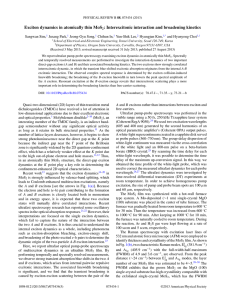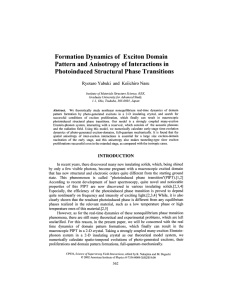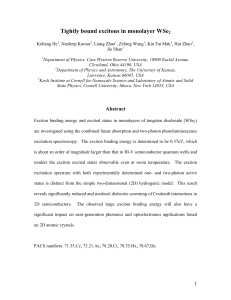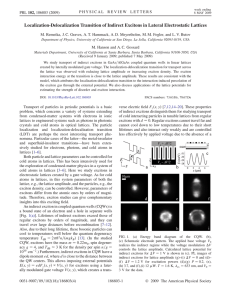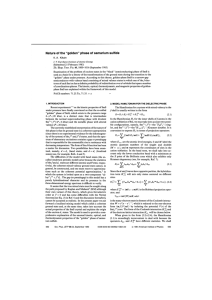Exciton Kinetics in MoS2, MoSe2 and WSe2 monolayers G. Wang1
advertisement
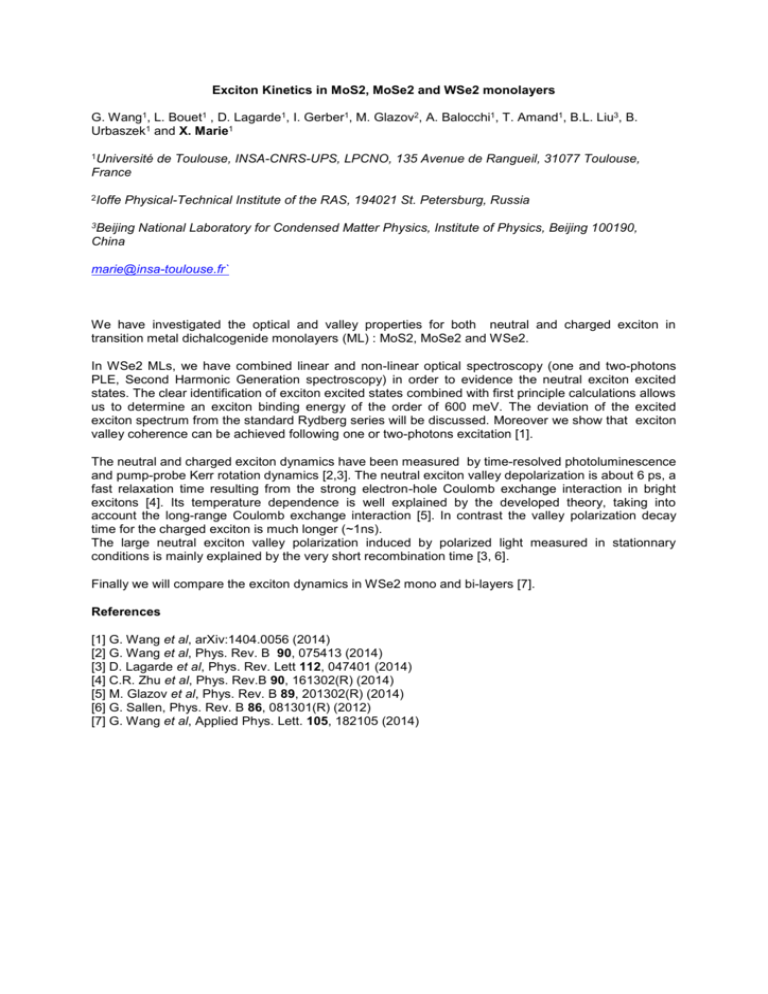
Exciton Kinetics in MoS2, MoSe2 and WSe2 monolayers G. Wang1, L. Bouet1 , D. Lagarde1, I. Gerber1, M. Glazov2, A. Balocchi1, T. Amand1, B.L. Liu3, B. Urbaszek1 and X. Marie1 1Université de Toulouse, INSA-CNRS-UPS, LPCNO, 135 Avenue de Rangueil, 31077 Toulouse, France 2Ioffe Physical-Technical Institute of the RAS, 194021 St. Petersburg, Russia 3Beijing National Laboratory for Condensed Matter Physics, Institute of Physics, Beijing 100190, China marie@insa-toulouse.fr` We have investigated the optical and valley properties for both neutral and charged exciton in transition metal dichalcogenide monolayers (ML) : MoS2, MoSe2 and WSe2. In WSe2 MLs, we have combined linear and non-linear optical spectroscopy (one and two-photons PLE, Second Harmonic Generation spectroscopy) in order to evidence the neutral exciton excited states. The clear identification of exciton excited states combined with first principle calculations allows us to determine an exciton binding energy of the order of 600 meV. The deviation of the excited exciton spectrum from the standard Rydberg series will be discussed. Moreover we show that exciton valley coherence can be achieved following one or two-photons excitation [1]. The neutral and charged exciton dynamics have been measured by time-resolved photoluminescence and pump-probe Kerr rotation dynamics [2,3]. The neutral exciton valley depolarization is about 6 ps, a fast relaxation time resulting from the strong electron-hole Coulomb exchange interaction in bright excitons [4]. Its temperature dependence is well explained by the developed theory, taking into account the long-range Coulomb exchange interaction [5]. In contrast the valley polarization decay time for the charged exciton is much longer (~1ns). The large neutral exciton valley polarization induced by polarized light measured in stationnary conditions is mainly explained by the very short recombination time [3, 6]. Finally we will compare the exciton dynamics in WSe2 mono and bi-layers [7]. References [1] G. Wang et al, arXiv:1404.0056 (2014) [2] G. Wang et al, Phys. Rev. B 90, 075413 (2014) [3] D. Lagarde et al, Phys. Rev. Lett 112, 047401 (2014) [4] C.R. Zhu et al, Phys. Rev.B 90, 161302(R) (2014) [5] M. Glazov et al, Phys. Rev. B 89, 201302(R) (2014) [6] G. Sallen, Phys. Rev. B 86, 081301(R) (2012) [7] G. Wang et al, Applied Phys. Lett. 105, 182105 (2014)

![Supporting document [rv]](http://s3.studylib.net/store/data/006675613_1-9273f83dbd7e779e219b2ea614818eec-300x300.png)
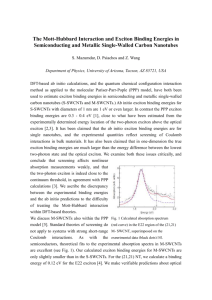
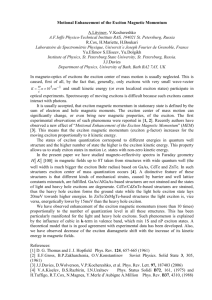
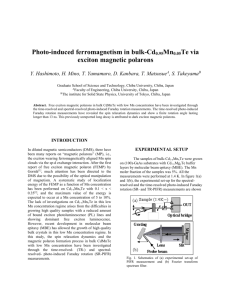
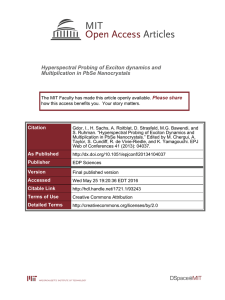
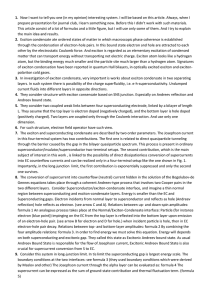
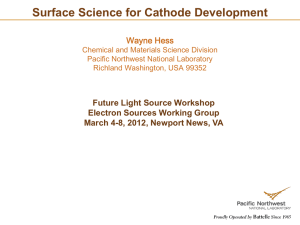
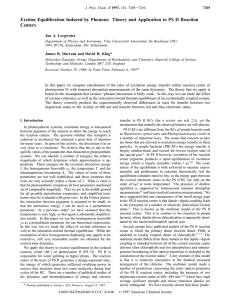
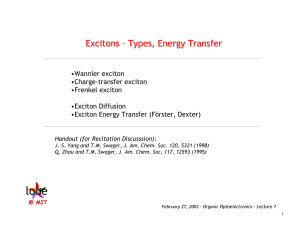
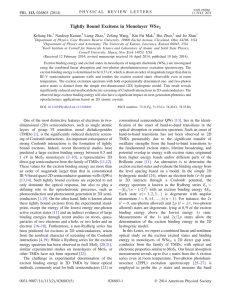
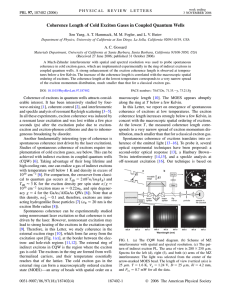
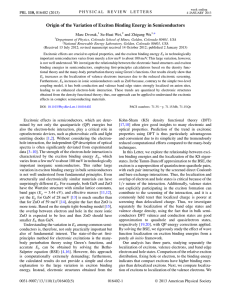
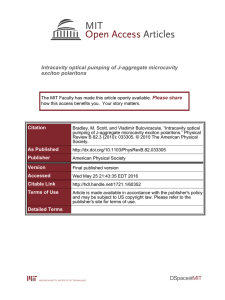
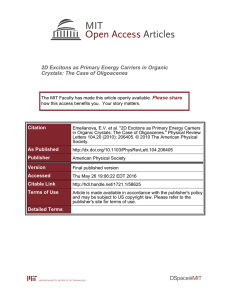
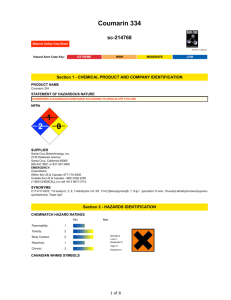
![[Book Title], Edited by [Editor`s Name]](http://s3.studylib.net/store/data/007775765_1-8faeaa1679738ee06354ecdecefb0a50-300x300.png)
